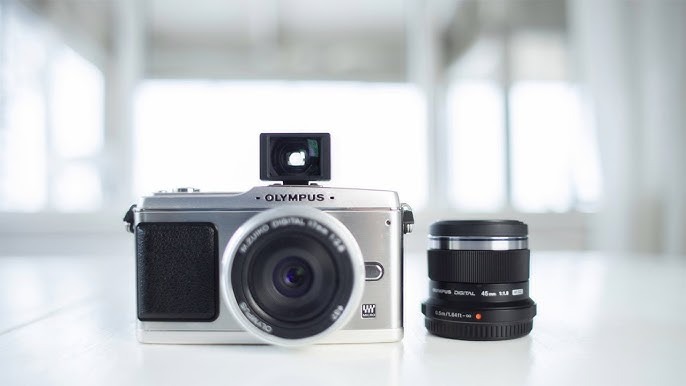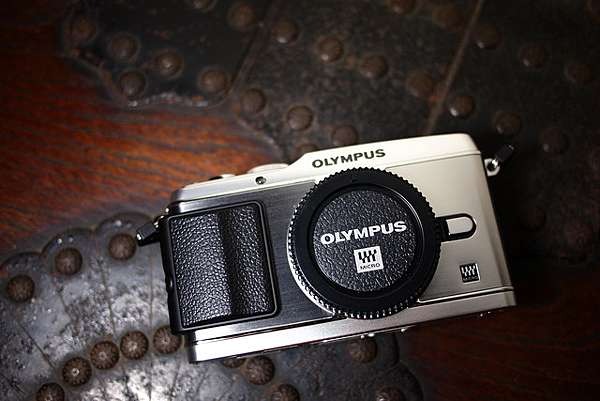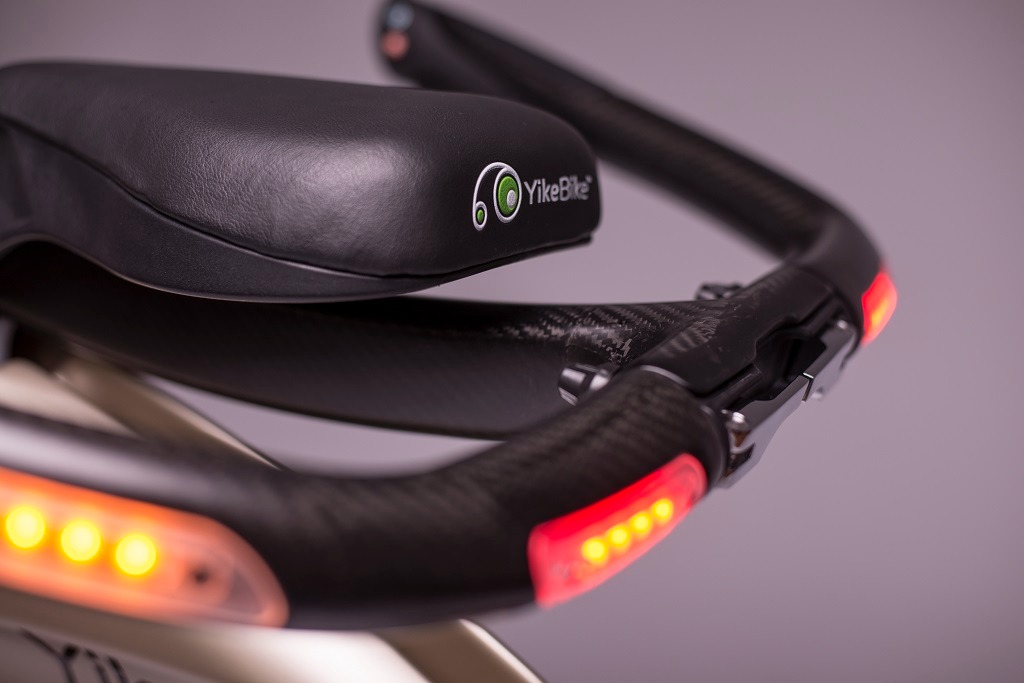As gadget hunters that we are, we are still having a hard time fully digesting the Micro Four-thirds/austauschbare lens camera market. The performance freak in the US suggests that you just buy a smaller DSLR given the parallel annoyance of carrying a bag full of lenses, but the mobility junkie in the US appreciates downsizing, even slightly.

The Olympus pen range is beautiful from the very beginning, but it was not considered by many due to the low value proposition. Even the recent E-P3 pen is not a bargain; with a somewhat old 14-42mm lens, it is far north of most entry-level DSLRs, and next to many mid-range devices. So, is it really worth splurging on a slightly more compact frame, a devilishly beautiful appearance and “the fastest autofocus system in the world.
The Olympus PEN E-P3 is very similar to its ancestors-not only the E-P1 and E-P2, but, just as importantly, the company’s film-era Pen f camera. At a time when the big electronics giants are increasing their photographic presence, Olympus is one of the few companies with a real legacy to turn to. And although modern cameras make image quality more accessible than ever, there is an undeniable respect for the appearance and ease of use of cameras from the 1960s.
Like Fujifilm’s X100, the Olympus PEN E-P1 also caused a lot of excitement at the market launch with its elegant and traditional style. And as with the X100, the striking experience has not always lived up to the high expectations that its classic look could have generated. The E-P2 was a slight redesign of the E-P1 that would add a little more than the ability to use the excellent VF-2 electronic viewfinder, and could still be a slightly slow and clunky camera.
The similarity of the appearance of the E-P3 with its predecessors could too easily indicate that Olympus was subtle again with its changes. But that’s not the point at all, and the new model brings with it a whole bunch of updates and refinements. Olympus has responded to many important reviews of older models, so much so that one would be tempted to say that the E-P3 is finally the camera that Le PEN has always promised.

The changes may be somewhat hidden, but they are certainly there. Bodily, the biggest addition is a built-in flash – intentionally designed so that the context element does not interrupt the front panel of the camera. In addition, the wearing of accessories is better integrated into the body design than before. The other big body change is a removable handle; a large screw now holds the rectangular handle in place, giving the user the choice of removing it or replacing it with a more extensive design (in a way that is somewhat reminiscent of the Olympus om-4 film camera).
But the biggest changes have been made to the camera: the sensor is still the familiar 12MP unit, but the camera processing is significantly improved. The recent TruePic vi processor is much faster than previous models, which allows the camera to check the focus 120 times per second. Of course, this means that it can adjust the focus more often and thus confirm the focus faster. The dual-core processor also means that image processing and live viewing can be performed in parallel, which reduces the darkening time after each shot.
In addition, the E-P3 has an OLED display with 614,000 touch points. This particular panel uses Samsung’s PenTile dot layout to achieve a resolution equivalent to VGA, combined with capacitive touch technology similar to Apple’s iPhone. The touch screen can be used to adjust the focus and possibly trigger the shutter, and can also use some of the other functions of the camera. Crucially, this is always added to the rest of the camera controls, rather than trying to replace them. If you decide that there is no place for such functions on such a conventional camera, they can be disabled without losing the functionality as a whole.
Another very welcome addition is the built-in autofocus lighting in the form of a bright orange LED on the front of the camera (previous pens were known for not being able to focus in low light). The Autofokus system has also been updated, with 35 zones covering most of the image area. The movie recording specification has also been significantly improved and the E-P3 can now record Full HD 1080i60 movies in AVCHD format.
The layout of the controls has also been revised, including the addition of buttons for direct striking and the increase in the display-in fact, overall, it is now much more closely related to the E-pl series than the older E-P models.Similar to Olympus, the camera controls are remarkably customizable-no less than five buttons can now have their custom functions. All the goodies that Olympus introduced into the E-PLs have also found their way-from the beginner-friendly “Live Guide” command and the iEnhance color mode to the ability to display user-configurable shadow clipping and highlight alerts in the live view.
In addition, the artistic filters have been significantly expanded, with a number of additional filters, as well as the ability to customize their appearance and add effects such as frames and even a digital “starburst” filter on spot reflections. There is also a new tone control, which allows you to manually adjust the brightness of the shadows, regardless of the overall exposure. Finally, the menu system has finally been given a makeover, and is not only much easier to see, but also easier to spot.

- Top Features of the Olympus E-P3:
- Features of the 12MP LIVE MOS Sensor
- 120 Hz “Fast AF” focusing system
- Eingebaute pop-up-flash
- Integrated Autofocus light (orange LED)
- OLED display with 614,000 touch points VGA equivalent (3:2 resolution)
- Dual-core TruePic vi Processor
- 1080i60 movies in AVCHD format
- Independent controls for adjusting shadow and highlight tones
- Austauschbare Handles
- Stabilization of body image.




